Home>Gardening & Outdoor>Outdoor Entertaining>How Hot Should A Wood-Fired Pizza Oven Be
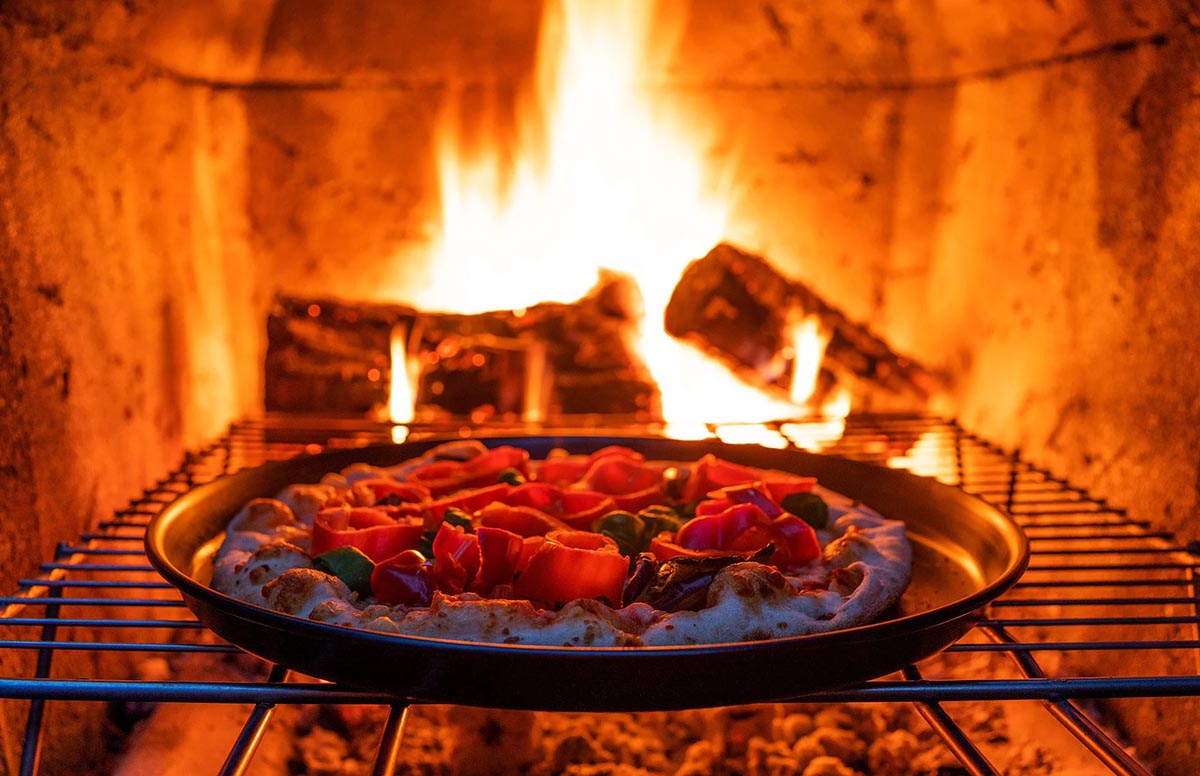

Outdoor Entertaining
How Hot Should A Wood-Fired Pizza Oven Be
Published: January 2, 2024
Discover the ideal wood-fired pizza oven temperature for perfect outdoor entertaining. Learn how to achieve the perfect heat for delicious homemade pizzas.
(Many of the links in this article redirect to a specific reviewed product. Your purchase of these products through affiliate links helps to generate commission for Storables.com, at no extra cost. Learn more)
Introduction
Are you ready to elevate your outdoor entertaining game with the irresistible charm of wood-fired pizza? Picture this: a balmy evening, friends and family gathered around a crackling fire, the tantalizing aroma of freshly baked pizza wafting through the air. It's an experience that marries the joys of cooking with the pleasures of outdoor living, and at the heart of it all is the wood-fired pizza oven.
In this guide, we'll delve into the art and science of wood-fired pizza ovens, focusing on a crucial element that can make or break your pizza perfection: temperature. Understanding the nuances of temperature control is essential for achieving that coveted crispy crust, perfectly melted cheese, and harmoniously cooked toppings. So, let's fire up the oven and embark on a journey to discover how hot a wood-fired pizza oven should be for the ultimate pizza experience.
Key Takeaways:
- Wood-fired pizza ovens reach temperatures over 800°F, creating a crispy crust and smoky flavor in just 60-90 seconds, making them perfect for outdoor entertaining and delicious Neapolitan-style pizzas.
- Maintaining the ideal temperature in a wood-fired pizza oven is crucial for exceptional results. Use high-quality wood, preheat adequately, and embrace the learning curve to master the transformative power of heat.
The Basics of Wood-Fired Pizza Ovens
Wood-fired pizza ovens have been a staple of culinary tradition for centuries, tracing their origins to ancient civilizations. These ovens are renowned for their ability to reach soaring temperatures, creating an optimal environment for baking authentic Neapolitan-style pizzas in a matter of minutes.
At the core of a wood-fired pizza oven is its construction, typically comprising refractory bricks or clay that retain and radiate heat efficiently. The dome-shaped design is a hallmark feature, facilitating the circulation of hot air and ensuring even heat distribution throughout the cooking chamber.
When it comes to fuel, hardwoods such as oak, maple, or fruitwoods like apple and cherry are favored for their high energy content and aromatic smoke, which imparts a delightful flavor to the pizzas. The combustion process in a wood-fired oven generates not only heat but also a unique ambiance, making it a focal point of outdoor gatherings.
One of the defining characteristics of wood-fired pizza ovens is their ability to reach temperatures well beyond those achievable with conventional home ovens. While a typical kitchen oven maxes out around 550°F (290°C), wood-fired ovens can easily surpass 800°F (427°C) and often reach upwards of 900°F (482°C) or more. This intense heat is instrumental in creating the hallmark attributes of a wood-fired pizza: a blistered, charred crust with a tender interior.
Furthermore, the radiant heat from the fire imparts a delightful smokiness to the pizza, enhancing its flavor profile. The combination of high heat and rapid cooking results in a pizza that boasts a perfect harmony of textures and flavors, setting it apart from its conventionally baked counterparts.
The Importance of Temperature
Temperature reigns supreme in the realm of wood-fired pizza perfection. It is the pivotal factor that dictates the outcome of your culinary endeavor, influencing everything from the texture of the crust to the overall flavor profile of the pizza.
First and foremost, the high temperatures achieved in a wood-fired pizza oven are essential for creating the characteristic Neapolitan-style crust. When the pizza dough encounters the intense heat, a phenomenon known as oven spring occurs. This rapid rise in temperature causes the moisture within the dough to turn into steam, resulting in a swift expansion that yields a light, airy crust with a satisfying crunch.
Moreover, the searing heat of the oven ensures that the pizza cooks swiftly, typically in a mere 60 to 90 seconds. This rapid cooking process is instrumental in preserving the natural flavors and nutrients of the ingredients while imparting a delightful smokiness that elevates the overall taste profile of the pizza.
Temperature also plays a crucial role in achieving the perfect balance of textures. The intense heat rapidly crisps the bottom of the pizza, preventing sogginess and imbuing it with a delectable char. Simultaneously, the quick cooking time preserves the moisture and freshness of the toppings, culminating in a harmonious fusion of flavors and textures.
Furthermore, the sustained high temperatures of a wood-fired oven are instrumental in imparting a coveted flavor profile to the pizza. The intense radiant heat and aromatic smoke from the wood infuse the pizza with a subtle smokiness, enhancing its overall taste and setting it apart from pizzas baked in conventional ovens.
It’s evident that temperature is not merely a technicality in the realm of wood-fired pizza ovens; it is the very essence that transforms humble ingredients into a culinary masterpiece. Understanding and mastering the art of temperature control is the gateway to unlocking the full potential of your wood-fired pizza oven, paving the way for a truly exceptional pizza experience.
A wood-fired pizza oven should be between 700-900°F (370-480°C) for the perfect Neapolitan-style pizza. Use a temperature gun to check the heat before baking.
Finding the Right Temperature
Discovering the optimal temperature for your wood-fired pizza oven is a nuanced art that requires a blend of intuition, experience, and a dash of scientific understanding. While traditional Neapolitan pizzas are typically baked at temperatures exceeding 800°F (427°C), it’s essential to note that different pizza styles and personal preferences may warrant slight variations in temperature.
One of the most reliable methods for gauging the oven’s temperature is by utilizing an infrared thermometer. This invaluable tool allows you to measure the precise temperature of the oven floor and dome, providing crucial insights for achieving the desired cooking environment.
For Neapolitan-style pizzas, aiming for a floor temperature of around 800°F (427°C) to 900°F (482°C) is ideal. This scorching heat ensures rapid, even cooking, resulting in a charred yet tender crust with impeccably cooked toppings. The dome temperature, which often exceeds the floor temperature, contributes to the radiant heat that envelops the pizza, imparting a delightful smokiness.
Alternatively, if you prefer a slightly thicker crust or desire a longer cooking time for specific toppings, lowering the floor temperature to around 700°F (371°C) to 750°F (399°C) can yield equally delightful results. This nuanced adjustment allows for a more gradual cooking process, affording the toppings ample time to reach their peak flavor and texture without compromising the crust.
It’s worth noting that experimentation and adaptation are key components of the temperature-finding process. Factors such as the type of wood, oven insulation, and ambient weather conditions can influence the oven’s heat retention and distribution, necessitating occasional adjustments to achieve consistent results.
Ultimately, the quest for the right temperature is a dynamic and rewarding journey that empowers you to tailor your wood-fired pizza experience to your unique preferences. Whether you aspire to craft traditional Neapolitan pizzas or innovative culinary creations, mastering the nuances of temperature control will undoubtedly elevate your pizza prowess to new heights.
Tips for Maintaining the Ideal Temperature
Mastering the art of temperature maintenance is a pivotal aspect of harnessing the full potential of your wood-fired pizza oven. Here are some invaluable tips to help you uphold the ideal temperature and achieve consistently exceptional results:
- Use High-Quality Wood: Opt for seasoned hardwoods such as oak, maple, or fruitwoods, which burn efficiently and impart a delightful aroma to the pizza.
- Properly Stack the Firewood: Arrange the firewood in a strategic manner, ensuring proper airflow to facilitate a robust, sustained fire.
- Preheat Adequately: Allow sufficient time for the oven to preheat, typically aiming for at least 60 minutes to ensure that the cooking chamber and the oven floor reach the desired temperature.
- Utilize the Ember Rake: Skillfully manipulate the position of the embers and flames using an ember rake to regulate the oven’s heat distribution, creating an optimal cooking environment.
- Monitor and Adjust: Continuously monitor the oven’s temperature using an infrared thermometer, making minor adjustments to the fire and airflow as needed to maintain the desired heat levels.
- Rotate the Pizzas: Rotate the pizzas at regular intervals during the cooking process to ensure even exposure to the intense heat, promoting uniform cooking and charring.
- Embrace the Learning Curve: Embrace the iterative nature of wood-fired pizza cooking, recognizing that each session presents an opportunity to refine your temperature management skills and enhance your culinary prowess.
By incorporating these tips into your wood-fired pizza endeavors, you’ll cultivate a deeper understanding of temperature dynamics and refine your ability to harness the transformative power of heat, paving the way for consistently remarkable pizzas that captivate the senses and elevate the outdoor dining experience.
Read also: 12 Best Wood Fired Pizza Oven Tools For 2025
Conclusion
As we conclude our exploration of the pivotal role of temperature in wood-fired pizza perfection, it’s evident that the quest for the ideal heat levels is a captivating journey that intertwines tradition, craftsmanship, and culinary artistry. The allure of wood-fired pizza extends far beyond its delectable flavors and tantalizing aromas; it embodies a timeless communion between fire, food, and fellowship.
Understanding the nuances of temperature control in a wood-fired pizza oven empowers you to orchestrate a symphony of flavors and textures, crafting pizzas that transcend the ordinary and transport your guests to the sun-drenched pizzerias of Naples. Whether you aspire to create classic Neapolitan pizzas with blistered crusts and delicate char or to embark on culinary innovations that push the boundaries of wood-fired cooking, temperature mastery is the compass that guides you toward culinary excellence.
So, as you stoke the flames and bask in the radiant warmth of your wood-fired pizza oven, remember that the pursuit of the perfect temperature is not merely a technical endeavor; it’s a celebration of creativity, ingenuity, and the timeless allure of al fresco dining. Embrace the dance of fire and dough, savor the crackle of the wood, and revel in the transformative power of temperature as you embark on a culinary odyssey that transcends the ordinary and kindles the spirit of outdoor entertaining.
May your wood-fired pizzas be imbued with the essence of tradition and innovation, and may each bite carry the warmth of shared moments and the joy of culinary craftsmanship. Here’s to the art of wood-fired pizza, where temperature is not just a metric but a catalyst for culinary magic.
Frequently Asked Questions about How Hot Should A Wood-Fired Pizza Oven Be
Was this page helpful?
At Storables.com, we guarantee accurate and reliable information. Our content, validated by Expert Board Contributors, is crafted following stringent Editorial Policies. We're committed to providing you with well-researched, expert-backed insights for all your informational needs.
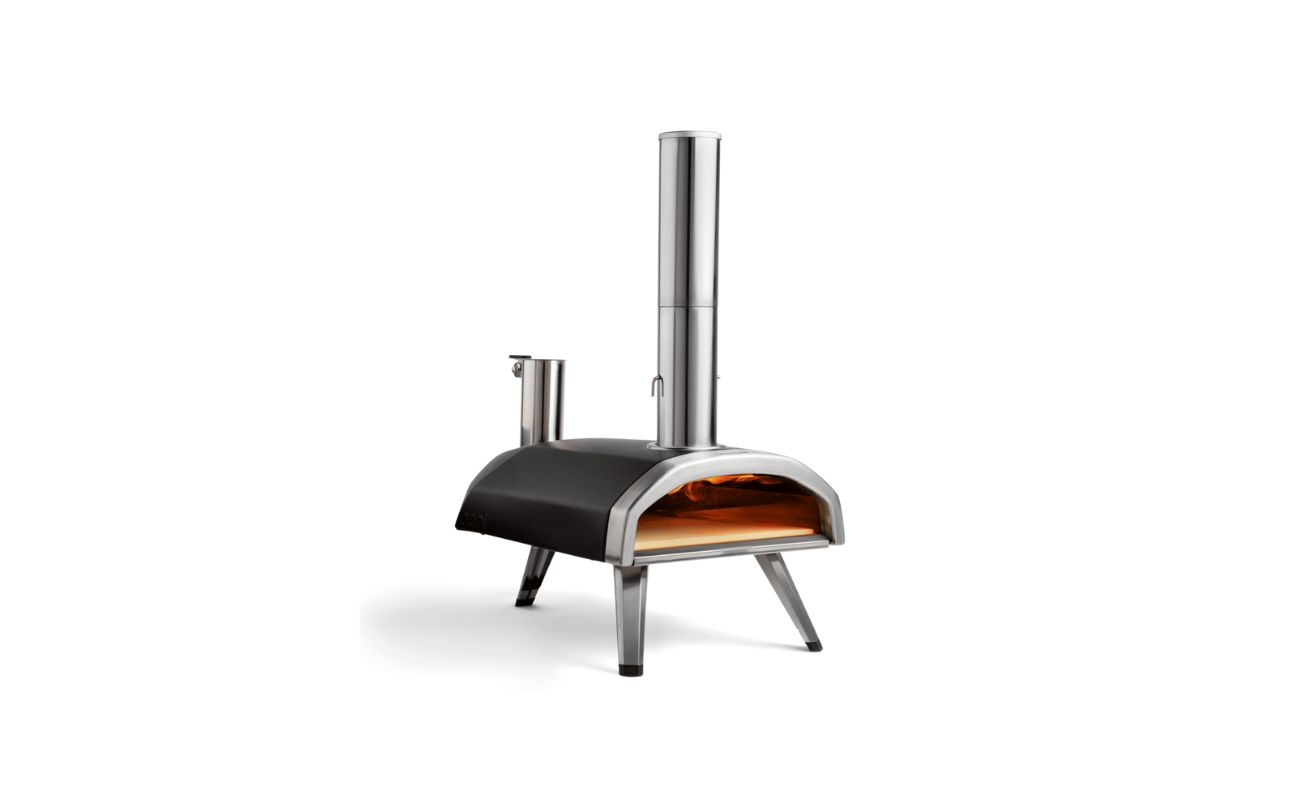

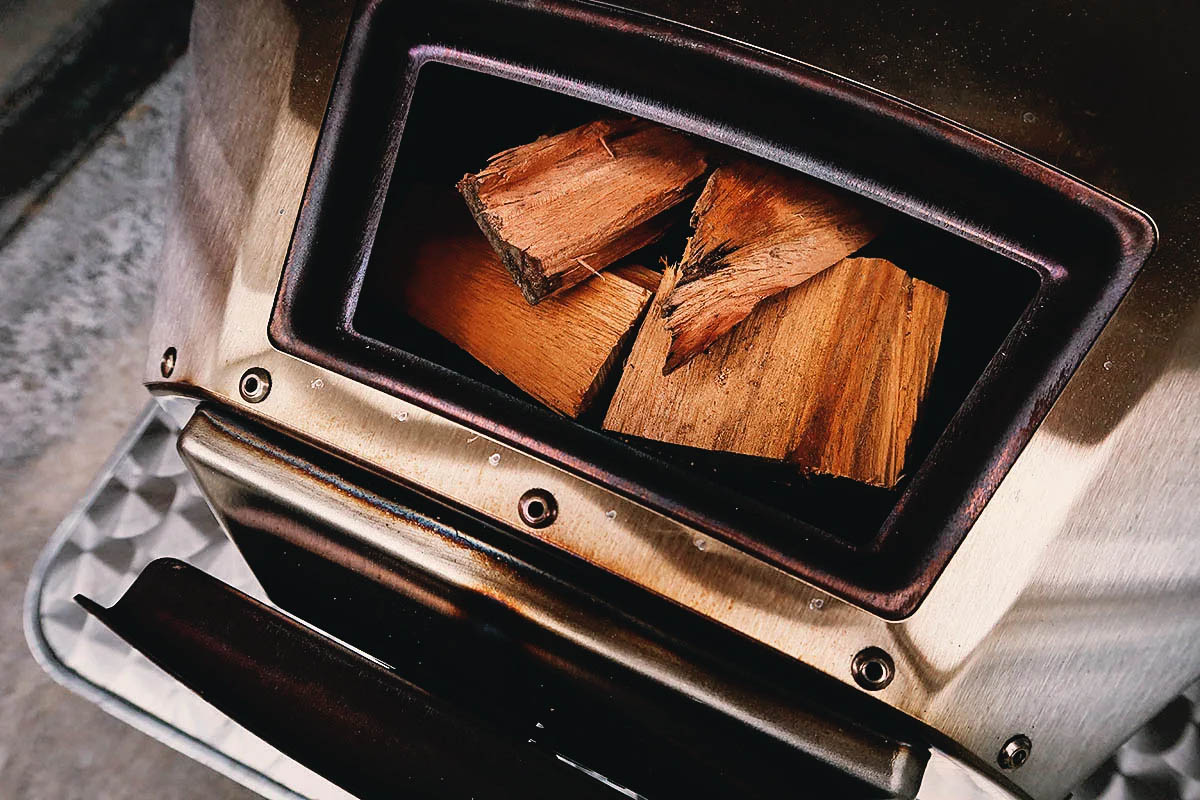
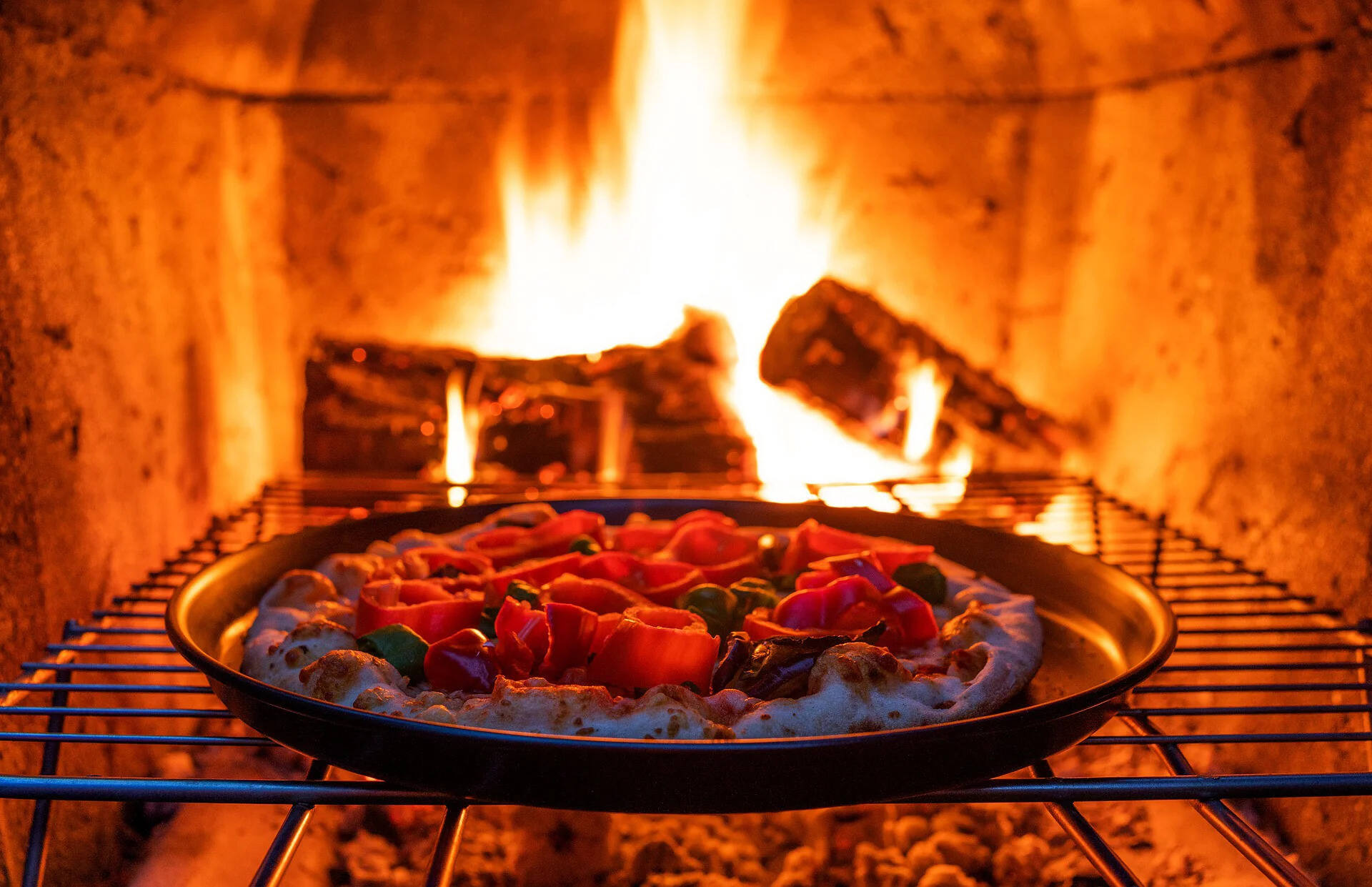
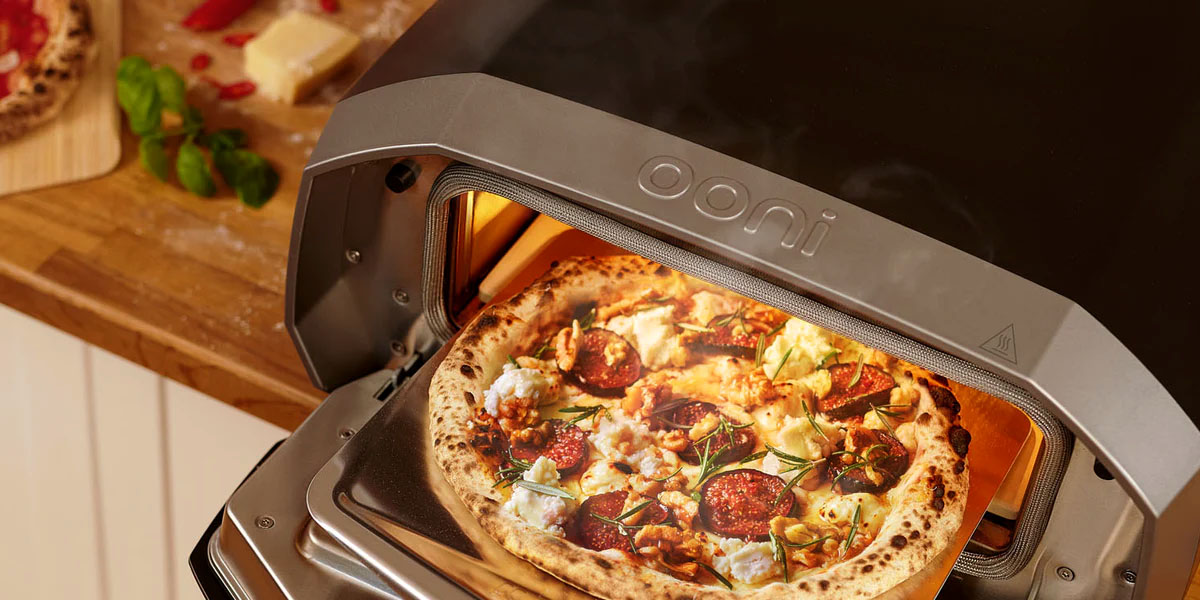
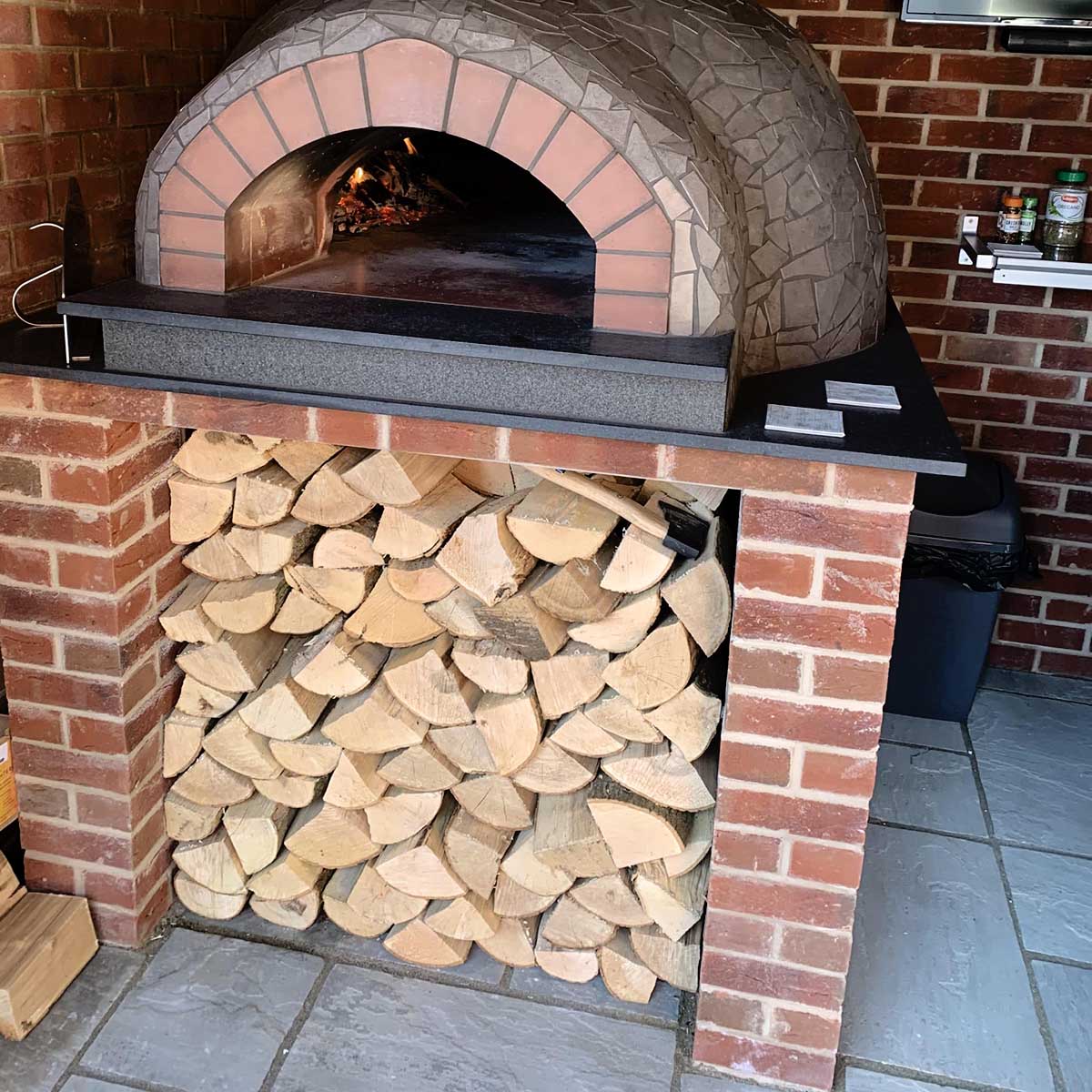
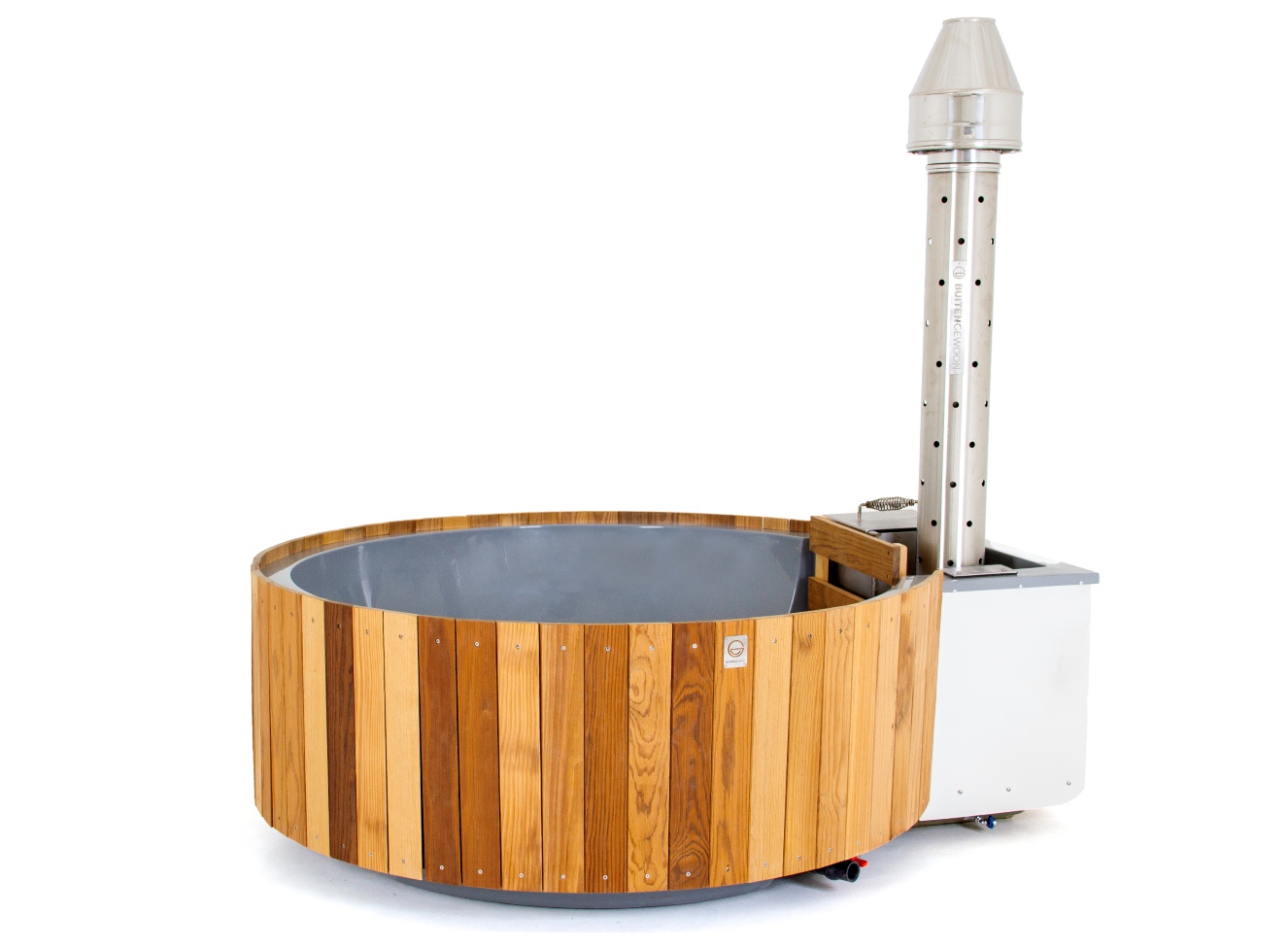
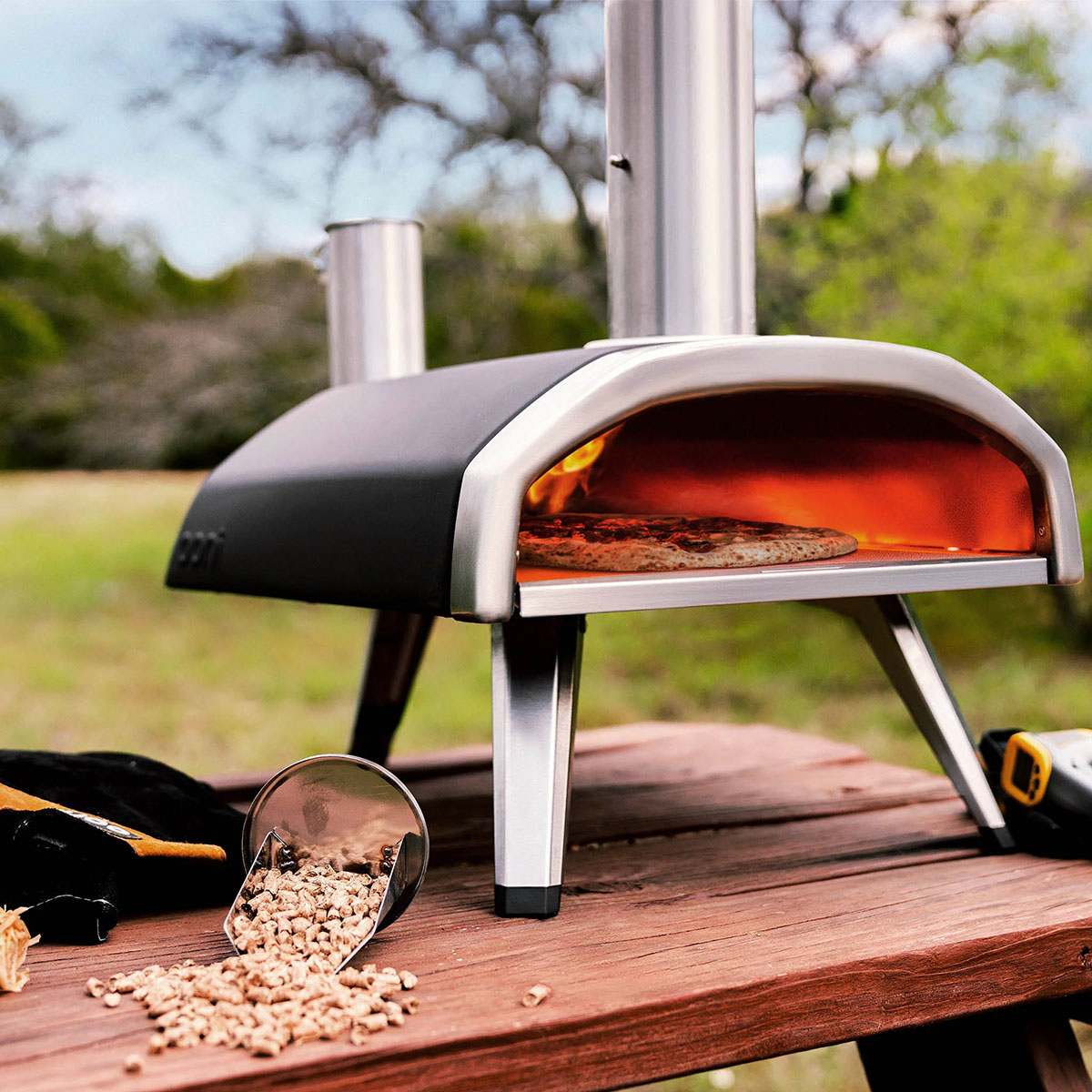
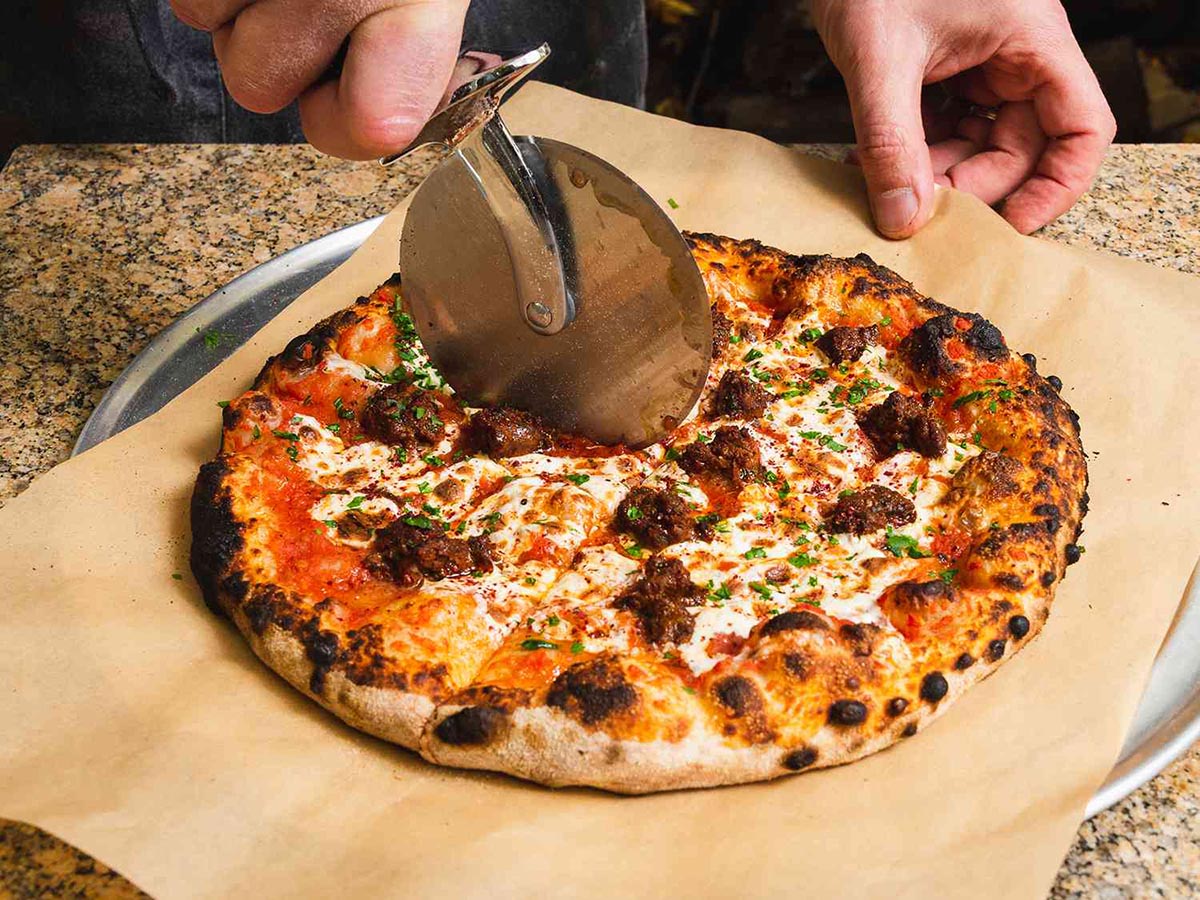
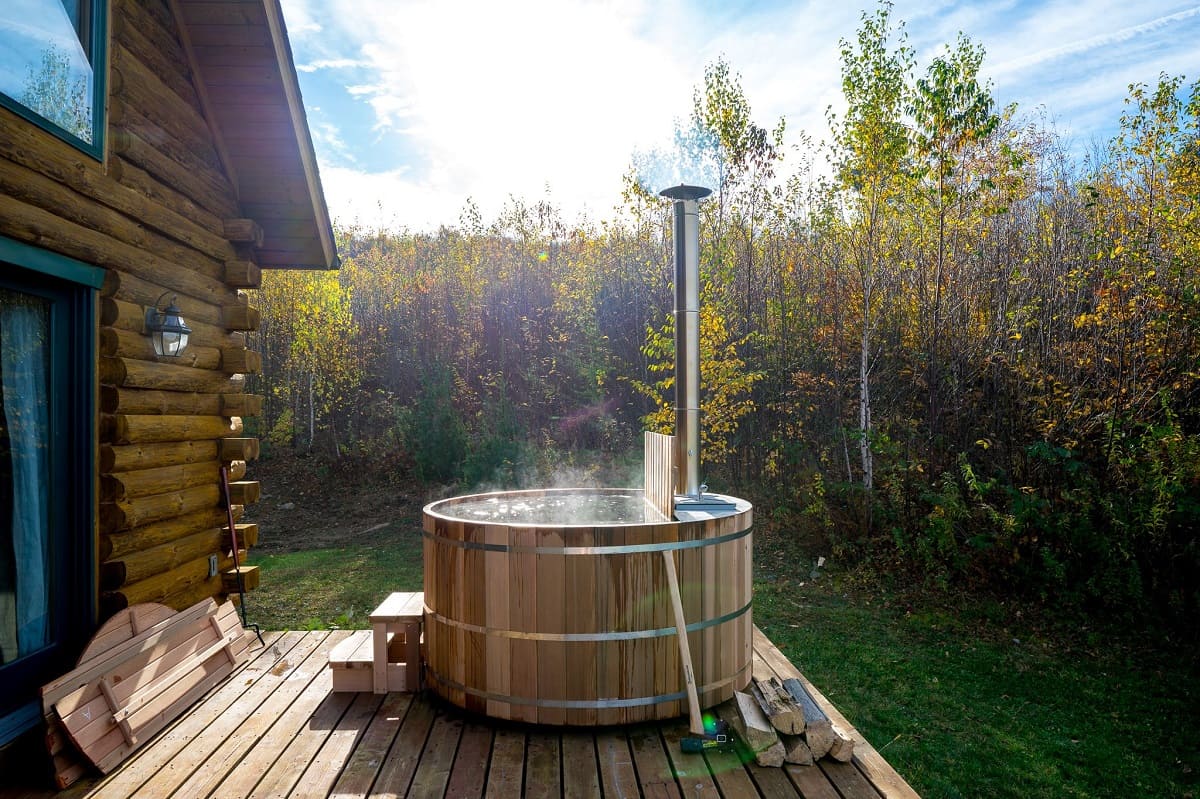
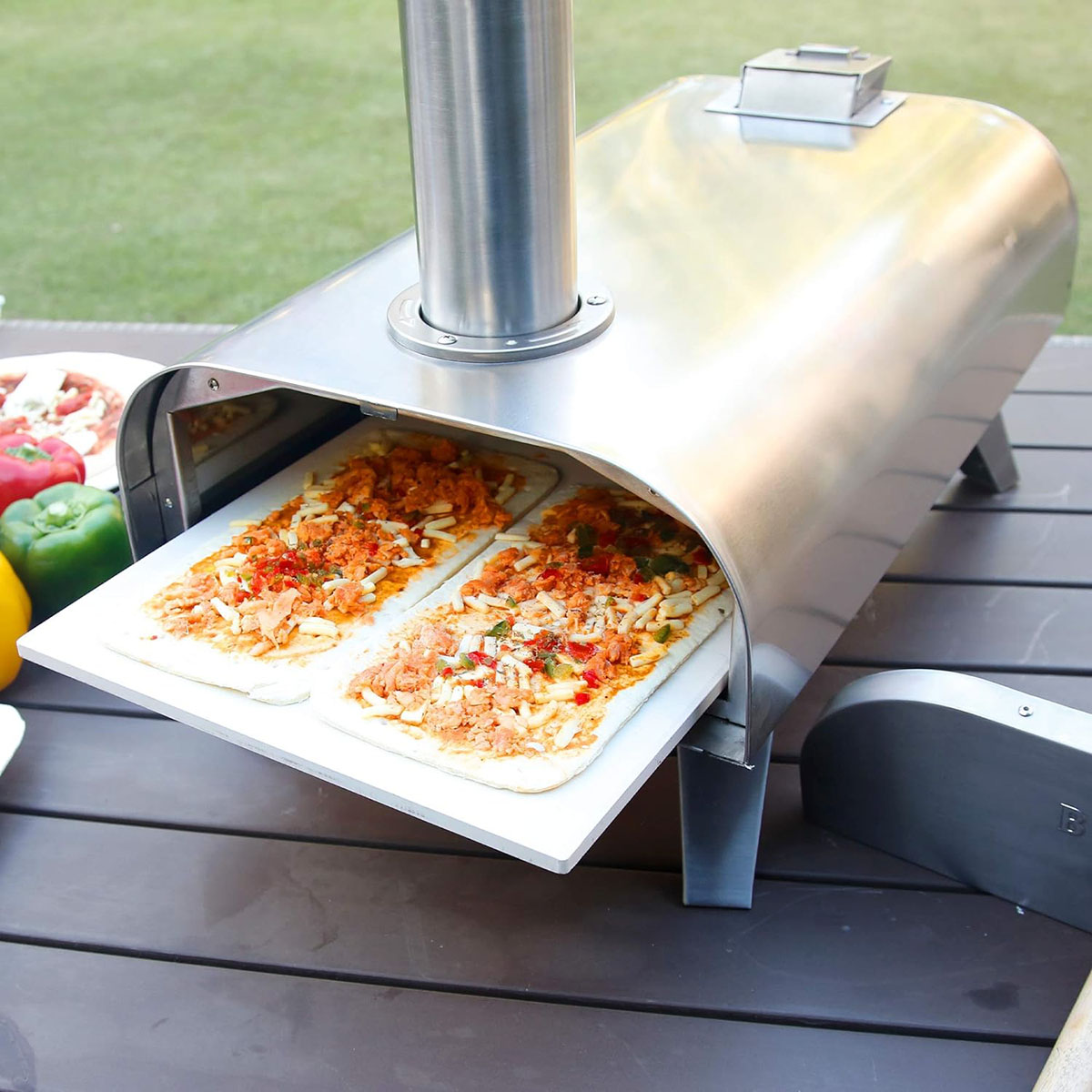
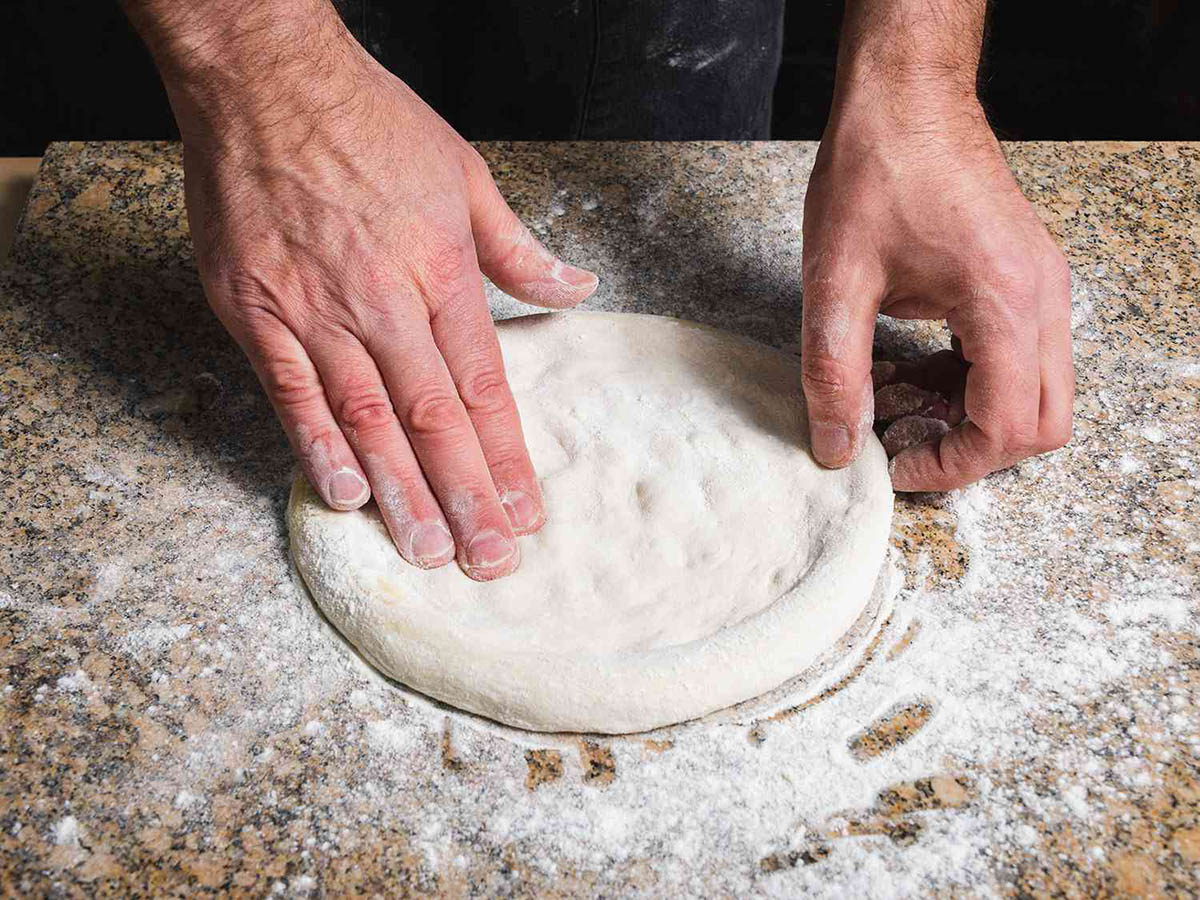
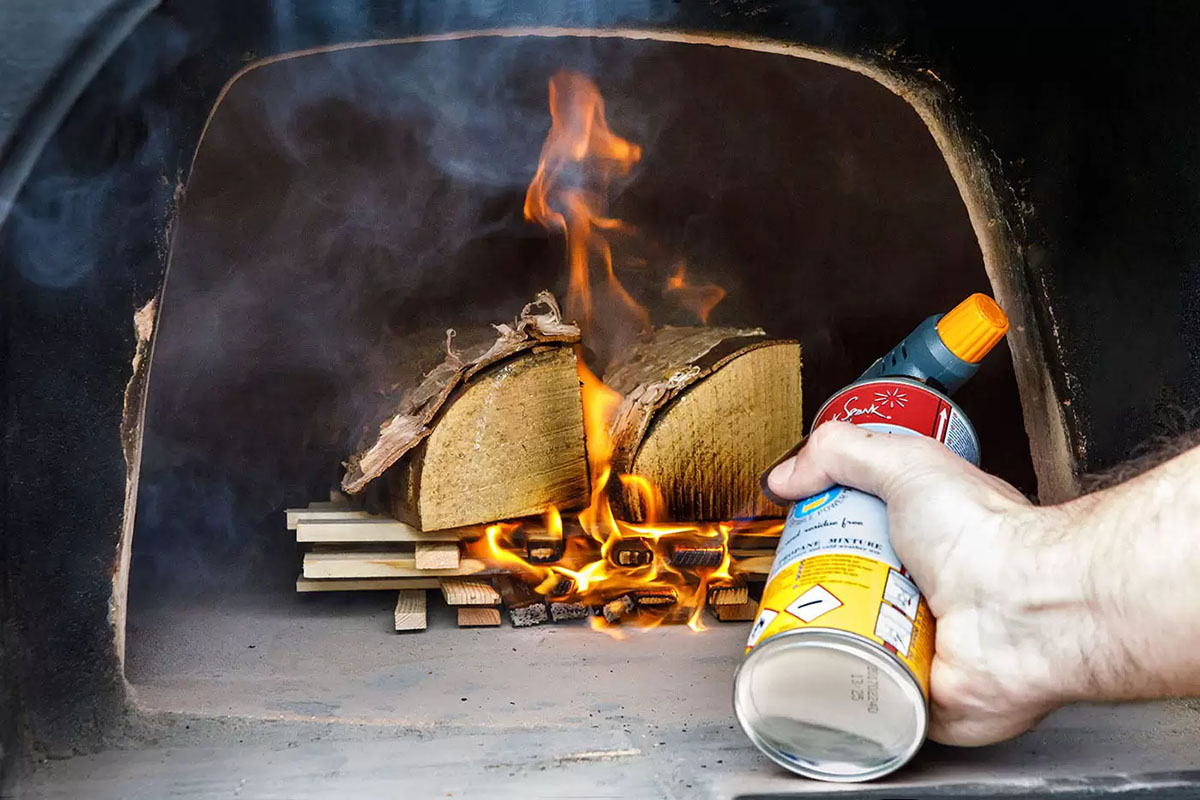
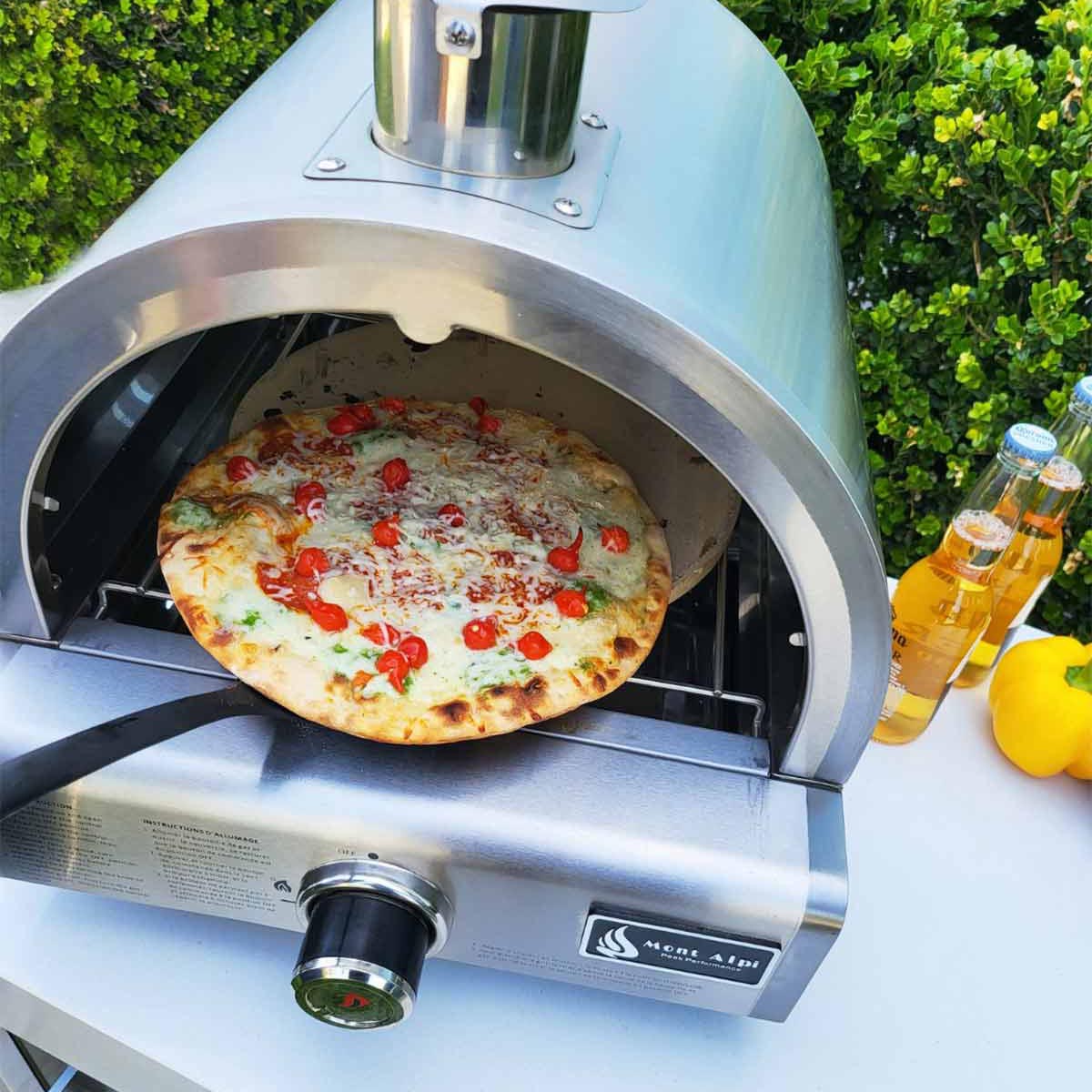

0 thoughts on “How Hot Should A Wood-Fired Pizza Oven Be”